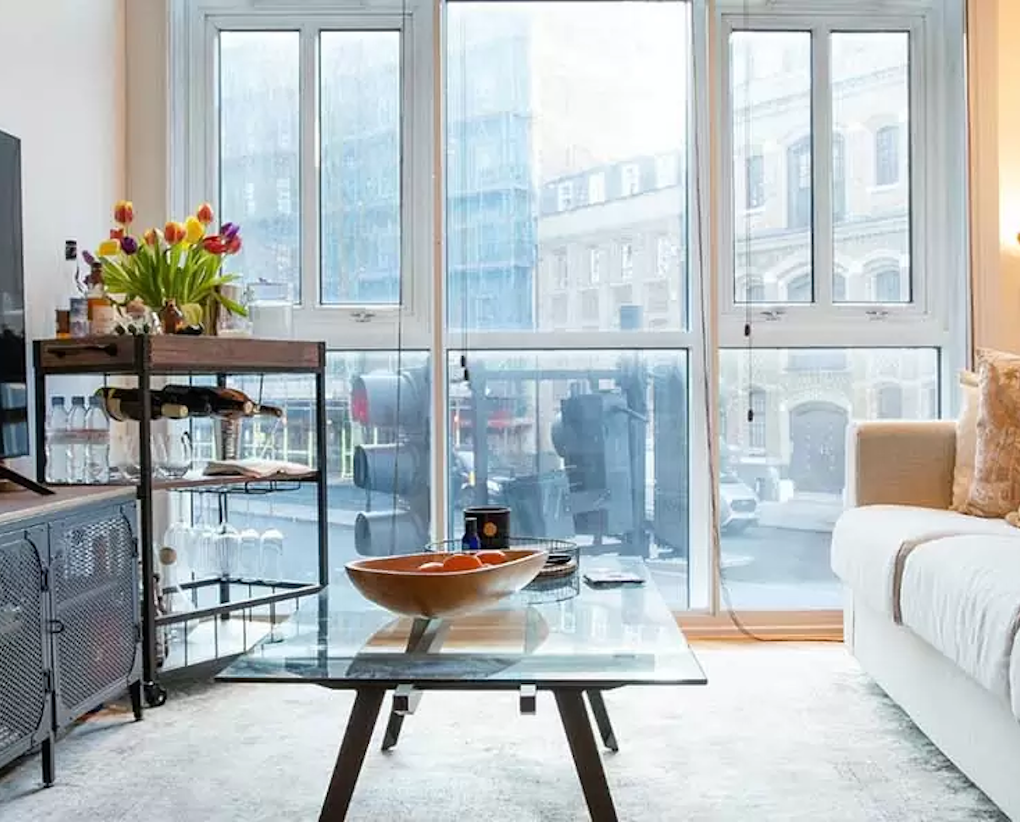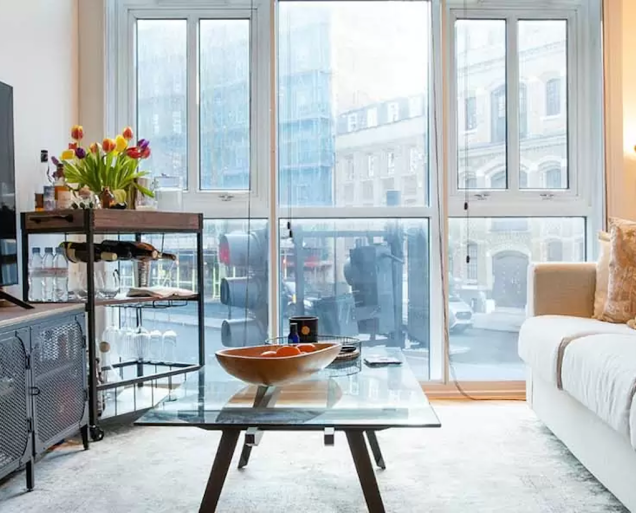Secondary Glazing Explained
Secondary window glazing is an innovative solution for homeowners and businesses looking to enhance their property’s energy efficiency, security, and comfort. Unlike traditional double glazing, secondary glazing involves fitting a slim glazed unit inside your existing windows, offering immediate benefits such as improved thermal insulation and noise reduction. This type of glazing is ideal for those who want to upgrade their windows without needing a full replacement.
At Leicester Window Supplies, we provide a wide range of secondary glazing options, including secondary glazing sash windows, perfect for modern properties and listed buildings. Listed properties often face restrictions when it comes to window replacements. Still, this glazing offers an effective, unobtrusive solution that fits seamlessly with your existing window frames while maintaining the character of the building.
Secondary glazing is a versatile choice for any property type, offering benefits like enhanced security, reduced condensation, and the ability to create a more energy-efficient environment.
What is Secondary Glazing?
Secondary glazing definition: The glazing is a system in which an additional slim glazed unit is installed on the interior side of your existing windows. It acts as an extra barrier between the inside of your home and the outdoors without replacing your current windows. This makes it an ideal option for those who wish to improve their home’s thermal efficiency, noise insulation, and security without undertaking major renovation work.
Unlike traditional double glazing, which replaces the entire window with a two-pane system, secondary glazing fits inside the original window frame. The primary difference lies in the installation: traditional double glazing requires the removal of your existing windows, while secondary glazing is designed to work alongside them. This means it’s particularly beneficial for listed buildings or period properties where the original windows must be preserved.
The installation process is straightforward and minimally disruptive. A slim, often almost invisible, unit is carefully fitted into your current window frame, meaning removing or replacing the existing windows is unnecessary. This method also allows various styles and designs to match your property’s aesthetics.
Key Benefits of Secondary Glazing
Secondary glazing offers a range of advantages for homeowners and businesses, particularly those seeking to enhance their properties’ energy efficiency, comfort, and security. Below are the key benefits of this versatile solution:
- Thermal Efficiency: Secondary glazing acts as an additional insulating layer, helping to prevent heat loss through windows. This extra insulation significantly improves the thermal efficiency of your home or business, resulting in lower energy bills.
- Noise Reduction: One of the most appealing aspects of secondary glazing is its ability to dramatically reduce noise pollution. It provides excellent soundproofing for properties in busy urban areas or near roads, creating a quieter and more peaceful indoor environment.
- Increased Security: The additional glazing enhances the security of your property by adding a second layer of glazing. It creates a tougher barrier, making it more difficult for potential intruders to gain access.
- Reduction of Condensation: Secondary glazing helps to reduce condensation on your windows, which can cause long-term damage such as mould growth or decay. This is particularly beneficial during colder months when condensation tends to build up.
- Environmental Impact: Installing secondary glazing is an eco-friendly choice. Improving your home’s energy efficiency helps reduce your overall carbon footprint. The system also helps extend the life of your existing windows, reducing the need for new materials.
These benefits make secondary glazing an excellent option for homeowners and businesses, offering improved comfort and long-term savings.
Types of Secondary Glazing Available
Secondary glazing is available in various styles to suit different window types and property requirements. Each style has unique benefits, allowing homeowners and businesses to choose the best fit for their needs, whether they own a modern property or a period home. Secondary glazing units can also be customised in colours and finishes to blend seamlessly with your existing décor.
Here are the most common types of secondary glazing available:
- Vertical Slider: Ideal for sash windows, the vertical slider allows smooth operation for opening and closing while preserving the traditional look of period homes.
- Horizontal Slider: This style is best suited for modern properties with large, wide windows. It is easy to operate and provides unobstructed views when open.
- Hinged Units: These units can be hinged at the side or top and are perfect for properties that require easy access to the external window, such as cleaning or ventilation. They are often used in both modern builds and older homes.
- Lift-Out Panels: These are ideal for windows that are rarely opened. They are removable when needed, providing flexibility for homeowners who want a clean, uncluttered look.
- Slimline Hinged Units: These are a great option for properties where space is limited or where discretion is key. Slimline units blend almost invisibly with the existing window frame, making them a good choice for modern and period homes alike.
- Tilt-In Balanced Slider: Typically used in sash windows, this style allows the window to tilt inwards for easy cleaning and ventilation while maintaining a traditional aesthetic.
Each type of secondary glazing can be customised to suit your property’s look and feel. With a wide range of colours, finishes, and styles, you can ensure that your secondary glazing blends seamlessly with your existing windows, enhancing the overall appearance of your home or business.
Why is Secondary Glazing Ideal for Listed Buildings?
Listed buildings are subject to strict conservation regulations that often restrict the replacement of original windows, particularly if they are part of the property’s historical character. Traditional double glazing is usually not permitted because it alters the appearance and structure of the original windows.
Secondary glazing, however, provides an excellent solution for listed properties. Since it is installed on the inside of the original windows, it does not alter the external appearance or fabric of the building, which helps it meet conservation regulations. Heritage bodies often recommend this type of glazing to improve energy efficiency and reduce noise in period homes without compromising their historic value.
By opting for secondary glazing, owners of listed buildings can benefit from improved insulation, security, and comfort while still adhering to the regulations protecting the property’s architectural integrity. Need more inspiration? Check out our guide on The Right Window Style for Your Homes Architecture.
Is it Suitable for Businesses?
Secondary glazing is an excellent option for businesses looking to improve their premises’ efficiency, security, and comfort. Whether it’s an office, hotel, or heritage site, secondary glazing offers various benefits tailored to commercial environments:
- Energy Savings and Soundproofing: Soundproofing is a major concern for businesses located in busy commercial areas. Secondary glazing significantly reduces external noise, creating a quieter and more productive workspace for employees. In addition, it improves thermal insulation, leading to lower energy bills and a more comfortable environment for both staff and clients.
- Enhanced Security: Secondary glazing provides an extra layer of protection, making it harder for intruders to access your property. This is particularly valuable for businesses that handle sensitive data or high-value inventory.
- Improved Comfort for Employees and Clients: A well-insulated and soundproofed environment improves productivity and makes a lasting positive impression on clients and visitors. Hotels and heritage sites can particularly benefit, as secondary glazing helps preserve the aesthetic charm while offering modern comfort.
Secondary glazing is a versatile and practical choice for any business looking to enhance the functionality and appeal of its property.
Cost and Installation
One key advantage of secondary glazing is its cost-effectiveness compared to full window replacement. It allows you to improve the performance of your windows at a fraction of the cost of installing entirely new units.
- Minimal Disruption: The installation process is quick and efficient, making it an ideal solution for homeowners and businesses. Since the original windows do not need to be removed, the work can often be completed with minimal disruption to daily activities.
- Long-Term Financial Benefits: Secondary glazing improves energy efficiency and reduces heating and cooling costs, leading to significant savings over time. Additionally, it helps preserve the life of your existing windows by providing an additional layer of protection against the elements.
Contact Leicester Window Supplies for a consultation to learn more about how secondary glazing can enhance your property. Our team will help you choose the right secondary glazing solution for your needs.
Contact us today at 0116 266 5088 or [email protected] to arrange a consultation tailored to your requirements.
Posted: September 30, 2024





